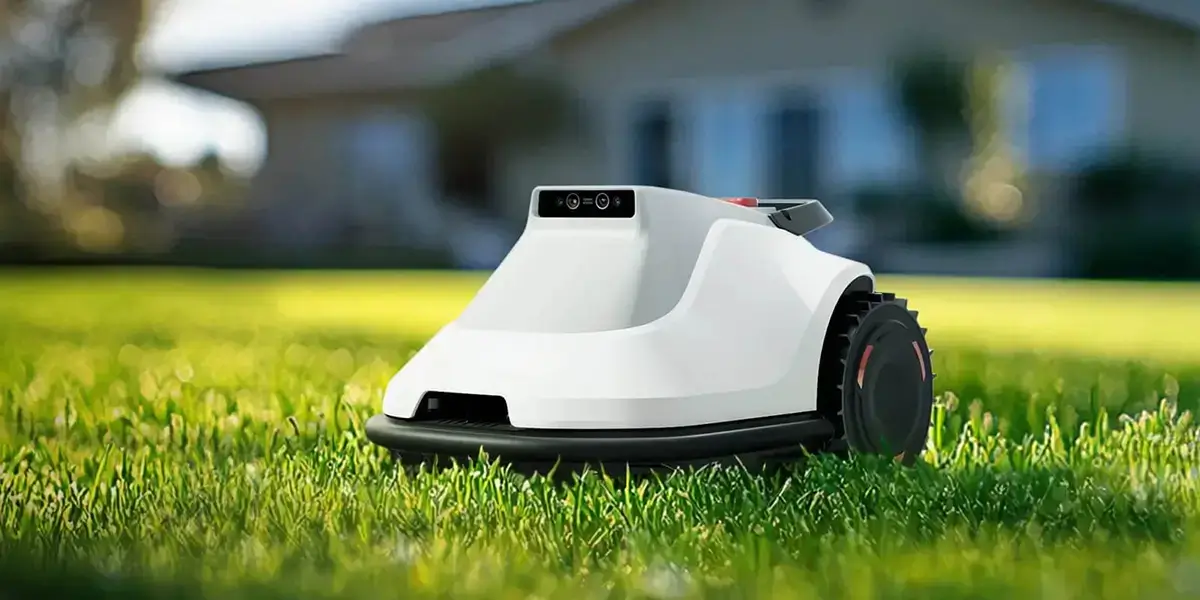Microservices in Java: A Game-Changer for Modern Applications
In today’s fast-paced tech world, businesses need solutions that can adapt and scale quickly. This is where microservices come in. More specifically, when combined with Java, microservices provide a robust framework for developing scalable and maintainable applications. But what exactly does that mean for you?

Let’s break it down.
What are Microservices?
At its core, a microservice is a small, self-contained unit of an application that performs a specific task. Unlike traditional monolithic architectures, where everything is bundled into one large application, microservices allow different components of a system to be developed, deployed, and scaled independently. This flexibility is incredibly valuable in today’s dynamic business environment.
For example, imagine an e-commerce platform. Instead of having a single monolithic application handling everything—from inventory management to payment processing—a microservices approach would break these into separate, specialized services. If the payment processing system needs an upgrade, you can focus on that service alone without affecting the inventory management system.
Java has been a trusted language for building scalable applications for decades, so it’s no surprise that it’s one of the best choices for microservices. Why?
Mature Ecosystem: Java offers a rich set of libraries, frameworks, and tools specifically designed for building microservices. Frameworks like Spring Boot and Java EE (now Jakarta EE) provide ready-made solutions to common microservice challenges, such as security, data management, and service orchestration.
Scalability: One of the biggest advantages of microservices is scalability. Java’s efficient memory management and multi-threading capabilities make it ideal for creating services that can handle large loads and scale as needed.
Cross-platform Support: Java applications can run on any platform, which is crucial when developing microservices that might need to run on different environments (cloud, on-premises, or hybrid systems). This ensures that your services are portable and don’t rely on a specific infrastructure.
Community Support: With a vast and active community of developers, Java remains one of the most well-supported programming languages. That means if you run into challenges or need advice, help is just a forum post away.
Microservices in Action: Real-World Example
Let’s say you’re building a travel booking application. This platform might need separate services for searching flights, booking tickets, handling payments, and managing user profiles. Using microservices with Java, you can develop each of these services independently. One team might work on the flight search system, while another team focuses on the payment gateway.
Java's ability to seamlessly integrate different services is a huge advantage in this scenario. You can connect all these microservices using lightweight protocols like REST or gRPC, and even employ message brokers like Kafka to ensure smooth communication between services.
How Microservices Change the Game
For developers and businesses, microservices in Java can be a transformative approach. Rather than dealing with massive, complex systems, each service operates independently. This makes troubleshooting easier, allows for continuous delivery, and reduces downtime.
Furthermore, microservices support continuous integration and deployment (CI/CD), so you can quickly release new features, fix bugs, or roll out updates without taking down the entire system. This means faster time-to-market, which can give your business a competitive edge.
Challenges and Considerations
While microservices bring many benefits, they’re not without challenges. For one, managing multiple services can become complex. It requires robust monitoring, logging, and coordination tools to ensure that everything works seamlessly together. Java’s rich ecosystem of tools can help with this, but it’s important to invest in the right infrastructure to manage it all.
Also, inter-service communication can lead to issues with latency or data consistency. While Java offers solutions like Spring Cloud and other frameworks to help, it’s important to design your services to be resilient and fault-tolerant from the start.
Conclusion
Java and microservices together form a powerful duo for modern application development. Whether you’re building a small, agile application or a large, enterprise-level system, this approach offers flexibility, scalability, and ease of maintenance. By breaking down an application into smaller, manageable components, businesses can move faster, stay more agile, and ensure that their systems are ready for whatever the future holds.
Established in 2005, Kpower has been dedicated to a professional compact motion unit manufacturer, headquartered in Dongguan, Guangdong Province, China. Leveraging innovations in modular drive technology, Kpower integrates high-performance motors, precision reducers, and multi-protocol control systems to provide efficient and customized smart drive system solutions. Kpower has delivered professional drive system solutions to over 500 enterprise clients globally with products covering various fields such as Smart Home Systems, Automatic Electronics, Robotics, Precision Agriculture, Drones, and Industrial Automation.




































